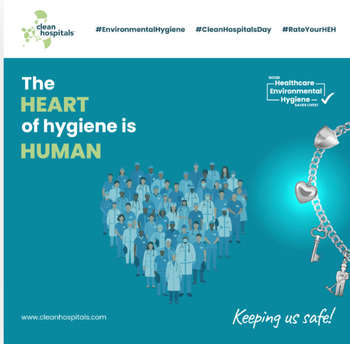
Kleenex Brand Launches New Anti-Viral Tissue
DALLAS -- Kimberly-Clark Corporation announces a new facial tissue product from the Kleenex brand designed to kill viruses that cause colds and the flu. The Kleenex brand
Anti-Viral tissue is designed to be the only facial tissue that offers these benefits.
Kleenex Anti-Viral tissue will begin shipping in late August and will be available at retail outlets throughout the United States by early October 2004.
"With the new Kleenex Anti-Viral tissue, Kimberly-Clark is extending the
Kleenex brand further into the realm of personal and public health," said
Robert P. van der Merwe, group president of North Atlantic Family Care for
Kimberly-Clark. "This new product helps address an important health issue
that affects millions of people each year. Kleenex Anti-Viral tissue is the
only facial tissue that kills cold and flu viruses, providing consumers
another tool in their fight to help stop them.
"The Kleenex brand has helped bring comfort and peace-of-mind to consumers
for the past 80 years. Kleenex Anti-Viral tissue was developed in response to
the needs of our consumers and is specifically designed to help stop viruses
that can cause colds and the flu."
Kleenex Anti-Viral tissue relies on a patented three-ply tissue
design with a moisture-activated middle layer that is treated with an anti-
viral formula. When moisture from a cough or sneeze hits the middle layer,
Kleenex Anti-Viral tissue begins working immediately, ultimately killing 99.9 percent
of cold and flu viruses in the tissue within 15 minutes. The formula is made
from citric acid and sodium lauryl sulfate, common ingredients found in
everyday consumer products. Citric acid is used as a flavoring agent in soft
drinks, while sodium lauryl sulfate is found in many shampoos and detergents.
"Through research, we learned that it's increasingly important to
consumers to protect their families against common cold and flu viruses," said
van der Merwe. "In fact, 90 percent of consumers we spoke with were interested in
purchasing Kleenex Anti-Viral tissues and said they'd recommend the product
to others."
According to Dr. Winkler G. Weinberg, a leading expert on infectious
disease and author of No Germs Allowed, How To Avoid Infectious Disease at
Home and On the Road, the first line of defense for preventing the spread of
colds and the flu should be using a disposable tissue when you cough or
sneeze.
"Kleenex Anti-Viral tissue sets a new standard in the ongoing battle
against cold and flu viruses," said Weinberg. "Most consumers don't
realize that colds and the flu traditionally spread in different ways. Cold
viruses are generally transferred through the hands when we touch something or
someone infected with these germs and then touch our mouth, nose and eyes.
Flu viruses, however, are usually transmitted through droplets coughed or
sneezed into the air."
In addition to the moisture-activated middle layer that is scientifically
proven to kill 99.9 percent of cold and flu viruses in the tissue, a subtle blue dot
pattern on the middle layer visually distinguishes Kleenex Anti-Viral tissue
from other facial tissue products.
Kleenex Anti-Viral tissue will be available in two package sizes, an upright 60-count and a family size 120-count, affordably priced with suggested retail prices of $1.39 and $1.99, respectively.
Source: Kimberly-Clark Corporation
Newsletter
Stay prepared and protected with Infection Control Today's newsletter, delivering essential updates, best practices, and expert insights for infection preventionists.





